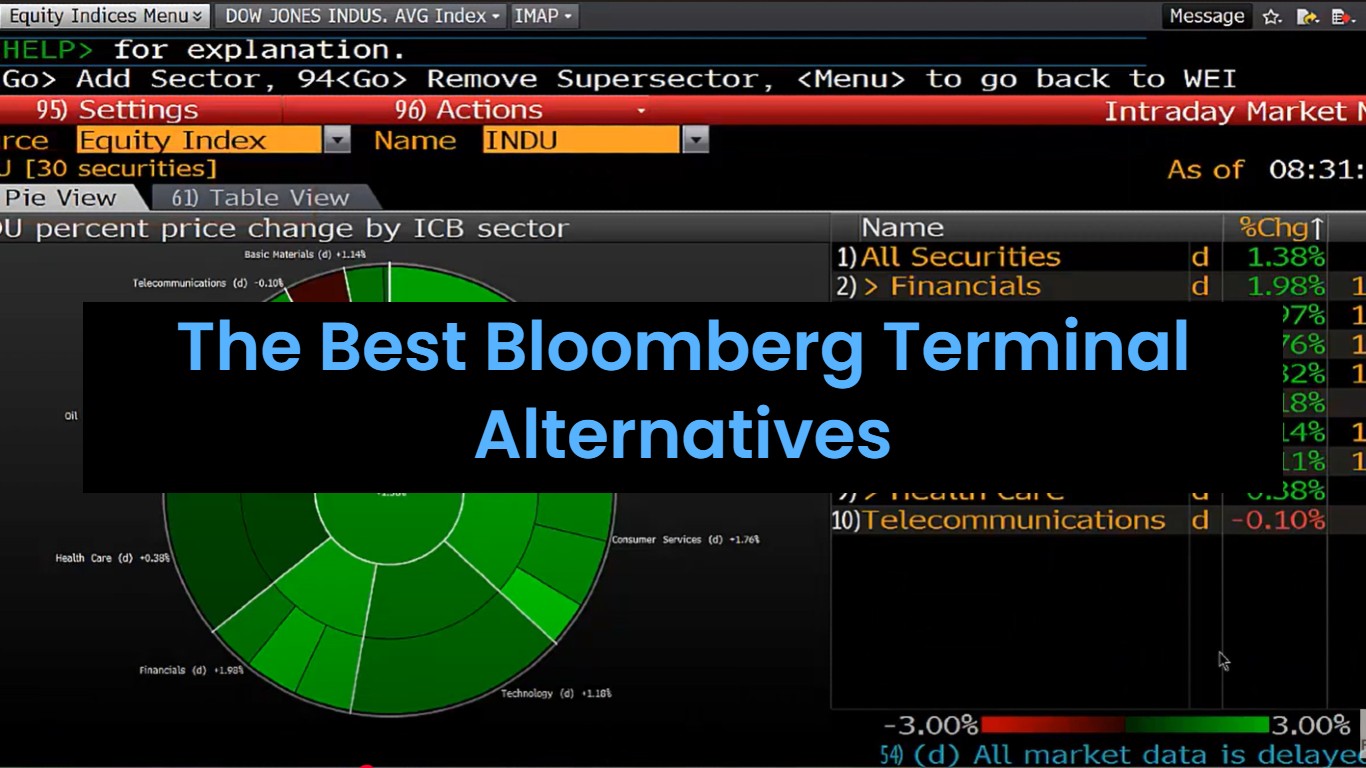How Are Renewable Energy Projects Financed?


Venturing into the development of renewable energy projects is no small financial feat. It demands sizeable capital investments upfront, a significant hurdle for many developers. Further complicating the matter is the extended payback periods usually associated with these projects, rendering traditional financing avenues less suitable.
Project finance emerges as a compelling solution to these challenges, providing an accessible path for developers and investors keen on leveraging the global shift to green energy. If you're wondering, "What is project finance?" this article will answer that question, delve into its critical elements, explore the main players, and outline the stages involved in the process. We will then draw connections to renewable energy project development and discuss why project finance is a crucial player in the successful global transition to renewable energy.
Table of contents:
- Understanding Project Finance
- Varieties of Project Finance Structures
- Key Players in Project Finance
- The Process of Project Finance
- Funding for Renewable Energy Projects
- Conclusion
Understanding Project Finance?
Project finance is a financing tool designed to support the development of large-scale, long-term infrastructure and industrial projects demanding extensive upfront capital commitments.
These projects typically involve the establishment of a Special Purpose Vehicle (SPV) – a standalone legal entity with its own assets, liabilities, and legal status, used as a strategy to reduce financial risk for all parties involved.
Funding for such projects is secured through non-recourse or limited recourse financing structures, often incorporating elements of both debt and equity. Repayment is secured by the project’s generated cash flow.
Investors, or sponsors, who provide funding comprise financial institutions, private companies, and government bodies.
For infrastructure projects, each new undertaking will necessitate an SPV, with investors investing in the SPV rather than the parent company. This is crucial in understanding the risks during the construction phase as no revenue will be generated until the project is complete.
Varieties of Project Finance Structures
Limited Recourse Financing
Seen as a compromise between secured and unsecured debt, limited recourse financing, also known as partial recourse debt, allows the creditor to claim certain types of assets if the borrower defaults on the loan, but not all. This arrangement provides an intermediate level of protection to lenders, balancing the risk between both parties.
Non-Recourse Financing
In non-recourse financing, the creditor cannot claim any of the parent company's assets outside of the SPV if the borrower fails to repay the loan, except for the agreed-upon collateral. The borrower retains all other assets, and the creditor can only claim payment from the SPV's profits. This structure limits the lender's potential recovery to the assets of the SPV, effectively segregating the project's financial risk from the parent company.
Mezzanine Financing
Primarily used during the expansion phase, mezzanine financing enables the creditor to roll up interest (often designed as “payment in kind” interest) and convert their debt into equity if the debtor defaults. This financial tool is highly flexible and can be tailored to the unique needs of a project, providing both debt and equity financing elements.
Key Players in Project Finance
Project Owners
The project sponsor, or the individual or business that generates the idea, might require capital to realize the project. There can be multiple sponsors for a project, usually possessing specific expertise that benefits the project's execution. These sponsors often play a key role in shaping the project's vision, ensuring its successful execution.
Lenders
Referred to the bank, debt fund, or financial institution providing the majority of the funding, lenders expect the borrowed money to be repaid within certain timelines (the 'tenor') and subject to key financial ratio benchmarks ('covenants'). As primary sources of capital, lenders are pivotal to the project's financing structure and long-term viability.
Investors
Distinct from lenders, investors exchange money for equity in the company, showing interest in the project's long-term growth. Their involvement usually extends beyond the financial aspect, contributing strategic guidance, and expertise to ensure the project's success.
Contractors
During the construction phase, an Engineering, Procurement, and Construction (EPC) Contractor may be involved. The EPC oversees all aspects of construction, providing a turnkey solution. Their role is fundamental to ensuring that the project is completed on time and within budget, mitigating risks associated with project development.
Regulators
Regulators ensure that construction complies with local rules, particularly essential for renewable energy projects subject to numerous requirements. As custodians of the regulatory framework, they play a crucial role in maintaining standards and ensuring project compliance with environmental and safety guidelines.
Project Finance Process
The journey to transaction completion is complex and lengthy, often involving interactions with lenders/investors, contractors, insurers, advisors, and occasionally regulators. It can be divided into three phases: pre-financial close, financial close, and post-financial close. Each phase is critical in its own right, cumulatively ensuring the successful planning, implementation, and operation of the project.
Pre-Financial Close Phase
This phase involves site selection, feasibility analysis, compliance processes, and obtaining off-take agreements, indicating a commitment to sell a certain amount of energy to a buyer. This stage also involves getting consent from stakeholders, assessing the environmental impact, and securing the necessary permits.
Financial Close Phase
Once all necessary permissions and approvals are secured, the project reaches a “ready-to-build” stage. This phase includes documentation and funding. It's also where agreements are finalized with contractors, suppliers, and off-takers, thereby sealing the project's revenue streams.
Post-Financial Close Phase
Construction begins in this phase, with a contractor overseeing the project. After construction, the operation and maintenance phase ensures the smooth functioning of the project. This phase includes not only the project's operational aspects but also its ongoing performance monitoring, maintenance, and management of relationships with various stakeholders.
Role of Project Financing in Renewable Energy Development
Renewable energy project financing plays a crucial role for several reasons, from enabling renewable energy project development to promoting energy independence. The significant costs associated with renewable energy projects make project financing a critical enabler, helping to bridge the gap between concept and execution.
Enabling Renewable Energy Project Development
Renewable energy projects often require substantial initial capital. Project financing enables the scaling of these projects, thus creating opportunities for multiple, large-scale renewable energy sources. With this, new technologies and renewable energy solutions can reach markets faster, leading to faster energy transitions.
Supporting the Growth of the Renewable Energy Sector
Access to continuous funding is crucial for the expansion of renewable energy projects, often characterized by long return-on-investment periods. The availability of project finance ensures the sustained growth of this sector, contributing significantly to the realization of renewable energy targets globally.
Facilitating the Energy Transition to a Low-Carbon Economy
Project financing is instrumental in meeting increasing energy demands and transitioning to renewable energy sources, thus promoting the replacement of fossil fuels with renewable energy. With adequate funding, more and more renewable energy projects can be launched, helping nations achieve their carbon reduction commitments.
Promoting Energy Independence
Project financing is key to promoting regional-based renewable energy development, enhancing energy provision stability and security worldwide, and reducing dependence on energy export nations. This helps countries to reduce their energy import bills, strengthen their energy security, and create more sustainable energy futures.
Funding for Renewable Energy Projects
The traditional funding routes for renewable energy projects can be cumbersome. The PF Nexus marketplace simplifies this process, connecting project owners with investors and financial institutions seeking investment opportunities. By bridging the gap between project owners and financiers, it facilitates the efficient mobilization of funds, accelerating the growth of renewable energy initiatives.
Conclusion
As the world moves towards renewable energy, project financing emerges as an indispensable financial mechanism to support this transition. It encompasses a range of funding sources and a diverse cast of players, thereby facilitating the launch of a variety of capital-intensive renewable energy projects. By enabling the seamless flow of capital, it plays a crucial role in driving the global shift towards sustainable energy.



.png)